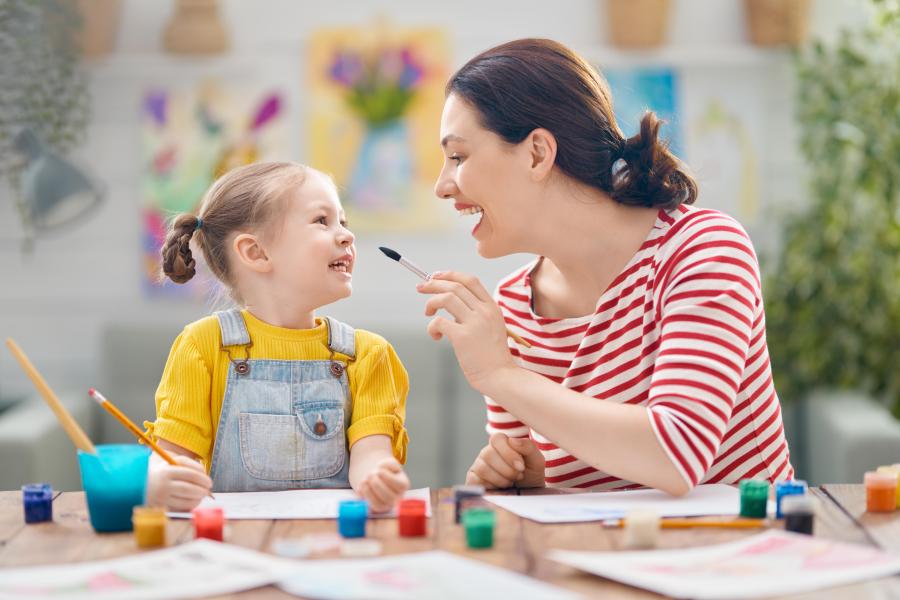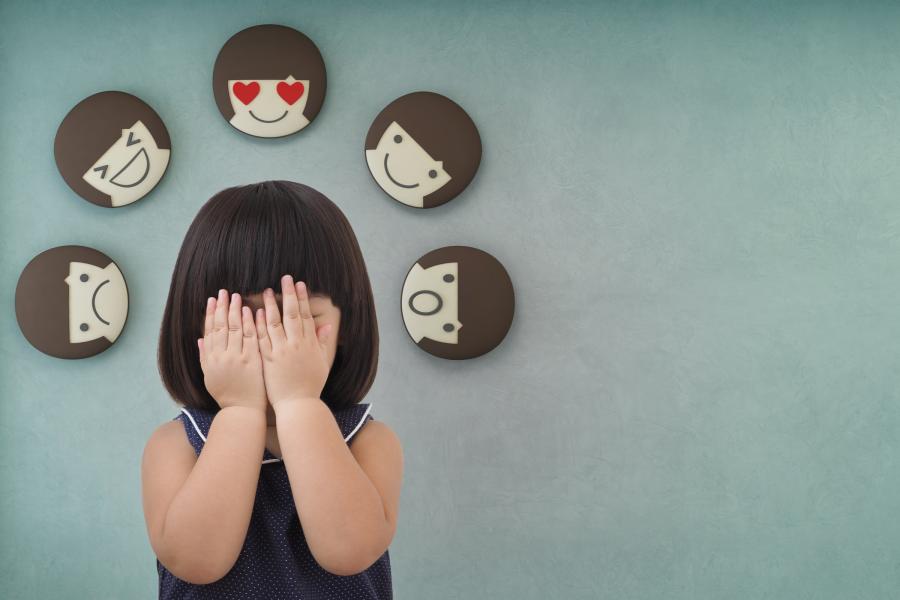We all know that laughter is good medicine. Yet how often in our life and practice do we tend to let the smallest things weigh us down? In today's post from guest contributor Maria Kotsonis, M.A., CCC-SLP, we learn how "letting out your inner child" is not only beneficial for your sanity, but how it will enhance your practice in magical ways. Happy reading!
“Oh to be a kid again” we think.
When did the kid in us just “leave” and the adult stepped in? Personally, I think we’re all just kids deep down and wearing our adult mask and cape. I think the sooner we let that inner child loose the more carefree we can be as “adults.” A driving point in my yoga practice is to be fun, playful and curious. This outlook allowed me to think more in detail about my clinical style. Having fun or play is a huge motivator for us individuals. It propels us to go to the movies in the rain and meet friends at swanky yet noisy restaurants. Well, the same stands true for children and young adults.
When children are having fun they are: engaged, motivated to keep learning/playing and ultimately intrinsically motivated to communicate and interact. As clinicians, it's important to take into consideration what keeps our clients intrinsically motivated. For the pediatric clinician, it means obtaining an interest inventory from the parent or caregiver prior to the evaluation or initial therapy session. The clinician can then use favorable and appropriate materials to establish rapport.
Bonus Tip: It eliminates the need to overpack your car trunk with therapy materials! In addition, it provides a more realistic picture of the child.
During therapy sessions, it helps if I release my inner child. Not only do I feel more carefree but my clients feed off my tone, volume and light-heartedness.
I have noticed in my own therapy sessions when I am motivated to play a particular game, (my personal favorite is Cariboo) my therapy style is more fluid and interactive. For children with communication deficits, when we are playing a game the child likes I am modeling appropriate language for this motivating activity. For instance, “it’s your turn to spin”. It’s functional, realistic and interactive all in one therapy session.
Thus, when a child is motivated to play a particular game (albeit Minecraft or PokemonGo) we need to capitalize on that. Our clients will provide a realistic picture of how they communicate- from using particular buzz words related to the game, to their potential to engage and communicate. \
This is their motivation to keep communicating...
like the cream inside the Oreo cookie!
It’s important for us as clinicians to remember why we started in this field in the first place.We have the opportunity to help others in creative ways. Play allows for imagination and curiosity to flourish. All in all - don’t we need a little more fun in our lives, anyway?
On my podcast, SLPs Wine and Cheese, we talk about having fun and trying to incorporate your own interests with your clients.



